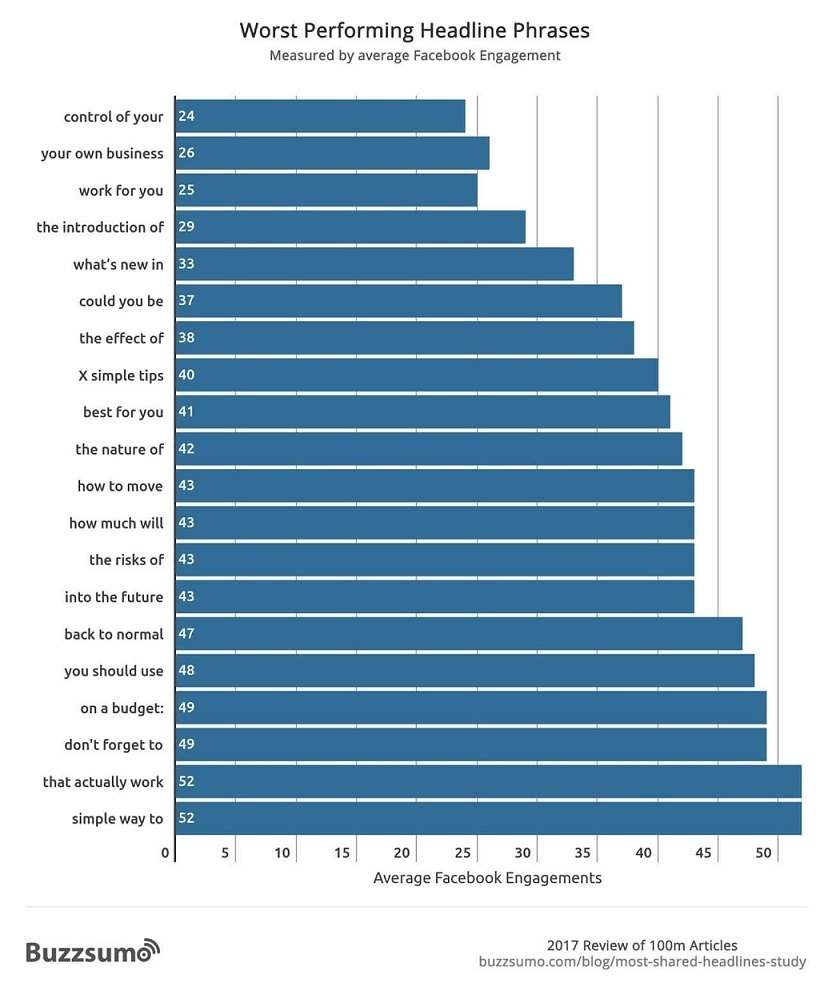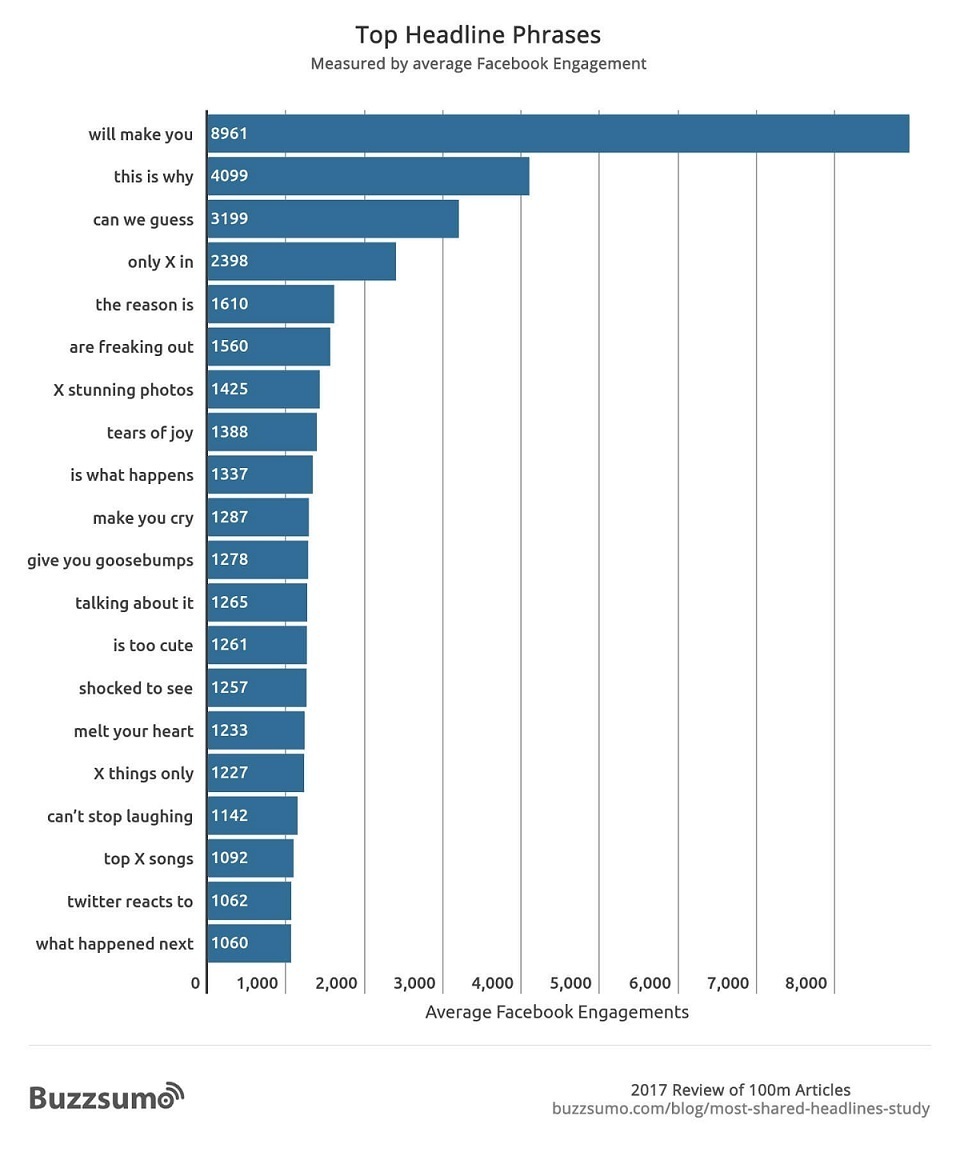Start Exploring Keyword Ideas
Use Serpstat to find the best keywords for your website
7 Tips For Creating Content That Converts

When we’re talking about content, we want to emphasize that it’s only high-quality content that pushes your audience to click on the title and engage with it. With 70% of marketers continuing to invest in content marketing heavily, the competition is high.
This means that you should prioritize creating content that meets the needs of your customers so that you can stand out from your competitors. There isn’t much (if any) wiggle room for error here.
Hands-On Tips For Creating Content That Converts:
- Conduct In-Depth Keyword Research To Better Understand Your Target Audience
- Fine-Tune Your Content So That The Value Proposition Is Clear
- Brainstorm The Different Headlines That Would Get The Most Clicks
- Focus On Compelling Storytelling That Persuades
- Choose Appropriate Call-To-Actions (CTA) To Facilitate Purchases
- Appeal To The Human Side Of The Reader
- Diversify The Type Of Content You Produce
Stand Out With Content That Resonates, Engages, And Converts
Why Is Content So Vital For Conversions?
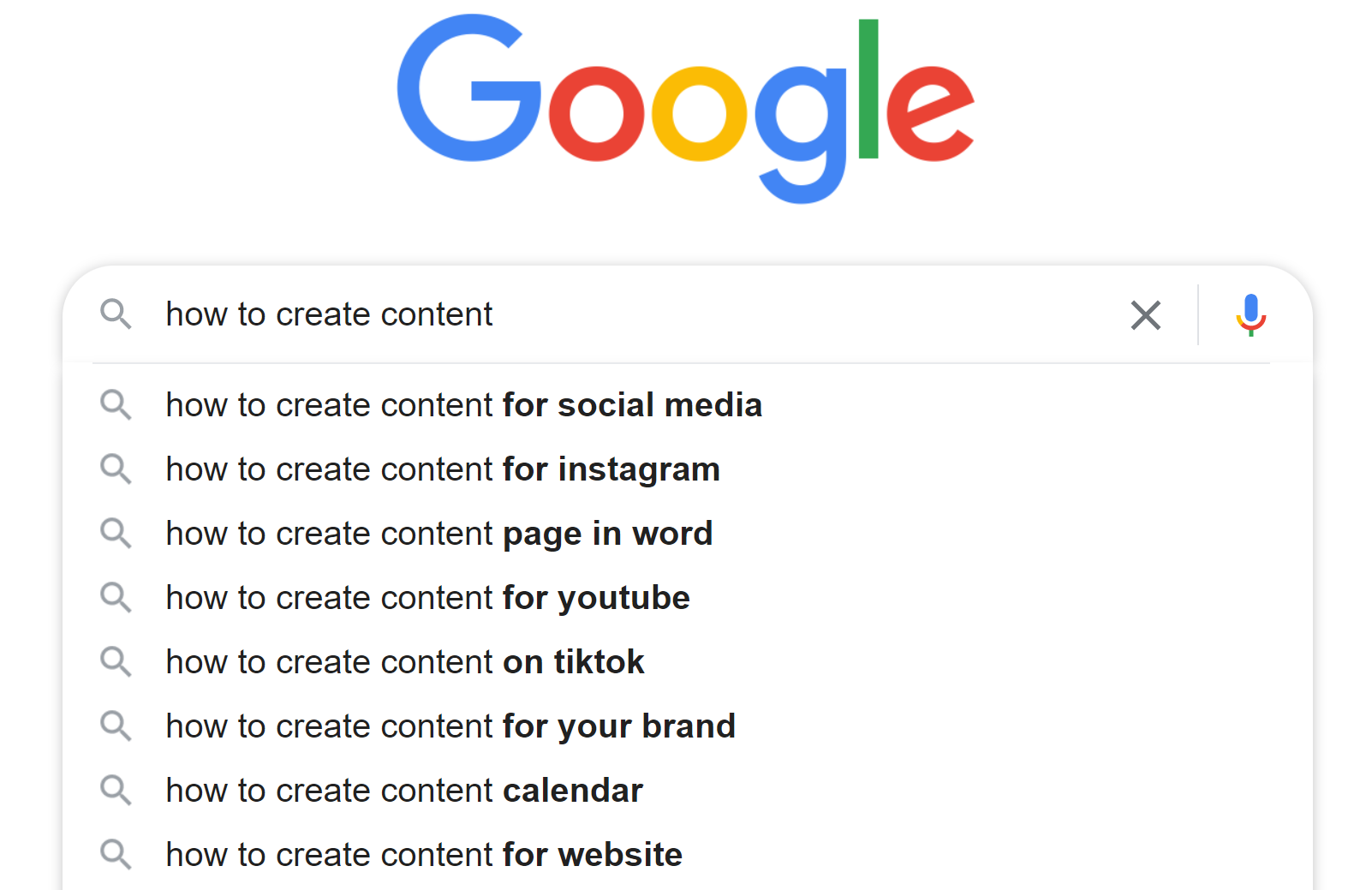
Here’s why investing time and other resources into regularly drafting the content based on your leads’ interests is more vital to your conversion rate than you might think:
- It helps you build and maintain brand awareness
To make the most of people becoming familiar with your brand, take some time to understand your target audience and analyze customer data to draft the best-performing content strategy.
Reuse your content on a variety of social media platforms and you’re virtually guaranteed to make it known to the world what you bring to the table.
- It creates loyalty and authority
Aside from your customers, search engines will also be inclined to rank you high which, in turn, will portray your company as credible.
The same applies to a loyal customer base that develops as you offer knowledge that genuinely helps. Thanks to word-of-mouth, even those who aren’t necessarily interested in your products or services might still recommend your brand to their friends and family if your content is relevant, engaging, and interactive.
Basically, the more value you pack in your content, the more your customers will trust you enough to purchase from you.
- It contributes to a high SERP ranking
Long-form content and appropriate use of keywords are the easiest strategies to apply when trying to make search engines give you the recognition you deserve.
Start with conducting thorough research on what your customers are searching for. Follow up with catchy headlines and well-optimized meta descriptions that motivate the readers to learn more about your brand. Ensure that your content is mobile-friendly and easy to read so that everyone who clicks on it finds value in the message you’re trying to convey.
Here you can track your and competitors' backlink profile dynamics, detect low-quality backlinks that harm your rankings, collect high-quality backlink donors, and more:
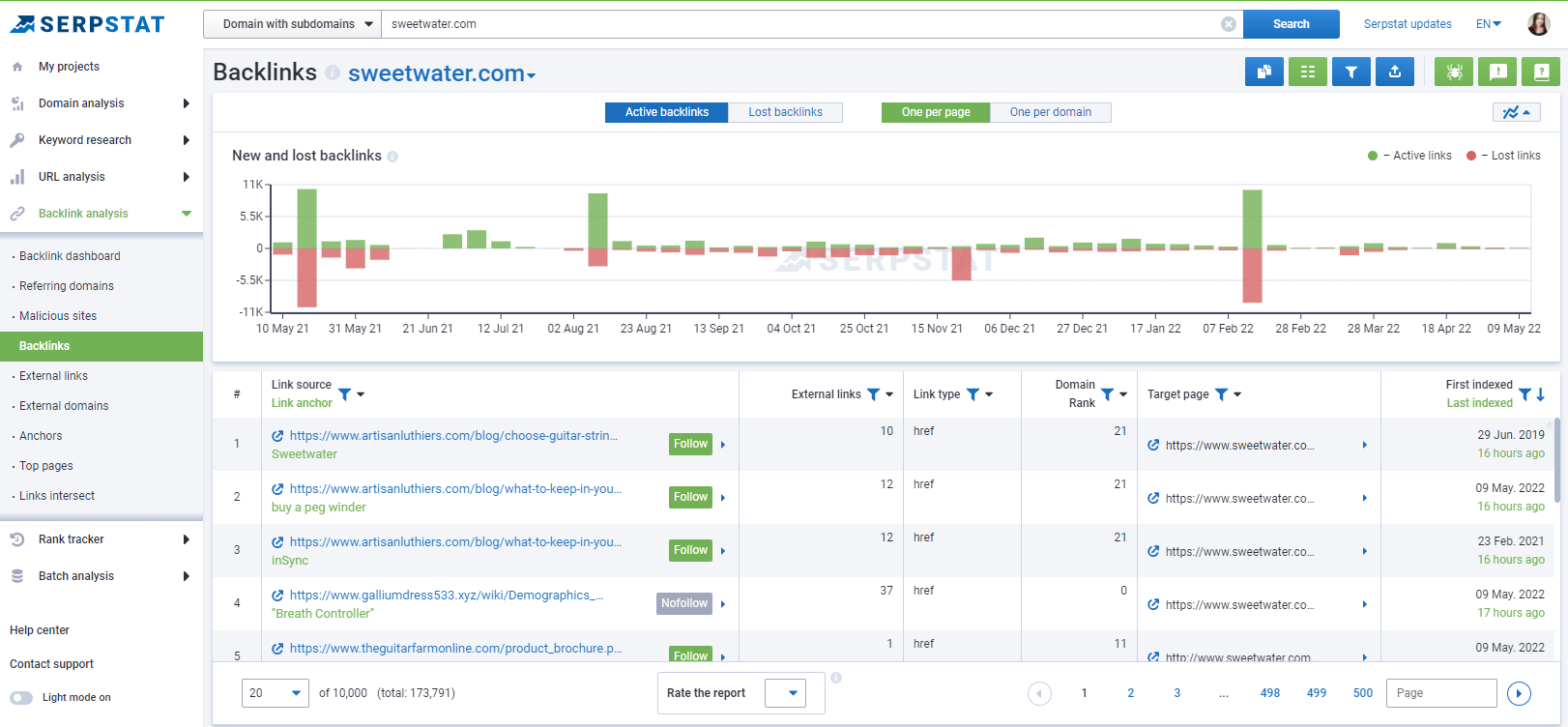
- It generates leads that convert
This is possible with content marketing techniques aimed at choosing the right channels to engage with your target audience and crafting data-backed pieces of content on a regular basis. The result — better-quality leads to whom your strategically-placed Call-To-Action (CTA) buttons are bait.
Content can be used to drive passive browsers to your landing page in hopes of persuading them to make a purchase. Don’t shy away from giving out free content — everyone loves freebies, and your prospect isn’t an exception.
- It retains those newly-acquired customers
Creating great content that resonates can thus become an asset you can use to keep your customers coming back for more useful information that adds value to their lives.
Take financial services as an example of an industry that highly benefits from retaining its customers. The cost of gathering profits from the same customer over a prolonged period of time increases with each year.
Just a 5% increase in the number of customers retained leads to an over 25% increase in overall profits. This happens as a result of customers buying more from you over time and referring others to your business as well.
Sounds like a good enough reason to keep pumping out content that captures the attention of your target audience.
Now that you know the reason behind content still being the king in this day and age, you might want to learn more about how you can start producing highly-converting content today. Keep on reading to get the hands-on tips for creating content that converts.
#1 Conduct In-Depth Keyword Research To Better Understand Your Target Audience
Giving them the answers they need without them having to consult a different company’s website will be your biggest competitive advantage.
But not all keywords are created equal. Some are easy to incorporate into any text and get a good amount of clicks. Some require a little more thought and the right placement for the content to sound organic.
Whilst the rule of thumb is to use the combination of both short-tail and long-tail keywords, 70% of all search traffic comes from the latter. This means that to attract a niche audience, you’ll be better off juggling with a few longer-tail keywords that your potential customers are typing into their Google or Bing search bar.
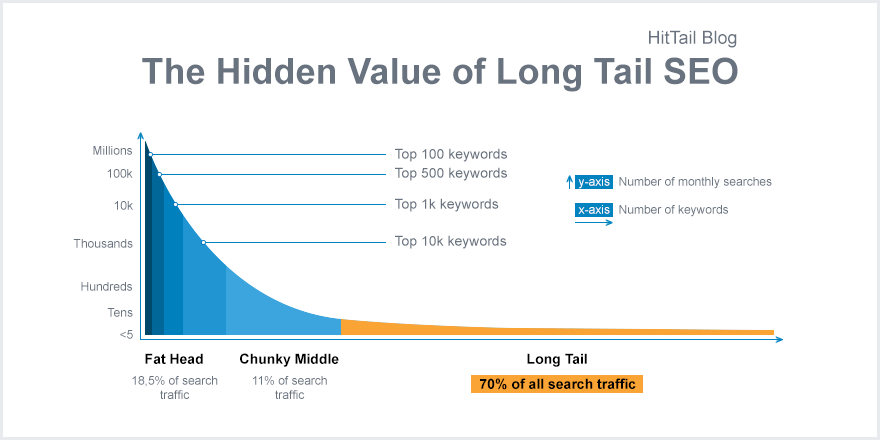
Say, if someone is looking for an easy dinner recipe, this keyword can also be paraphrased as simple dinner recipes, dinner ideas in 20 minutes, and quick dinner ideas. Optimizing your content around these keywords will give you better exposure and access to prospects who are genuinely interested in what you have to say on the topic.
And how do you collect the best-performing keywords for your website?
Serpstat Keyword Research tools: expand your semantics, create a content plan, analyze your competitors, find out what's trending, and more:
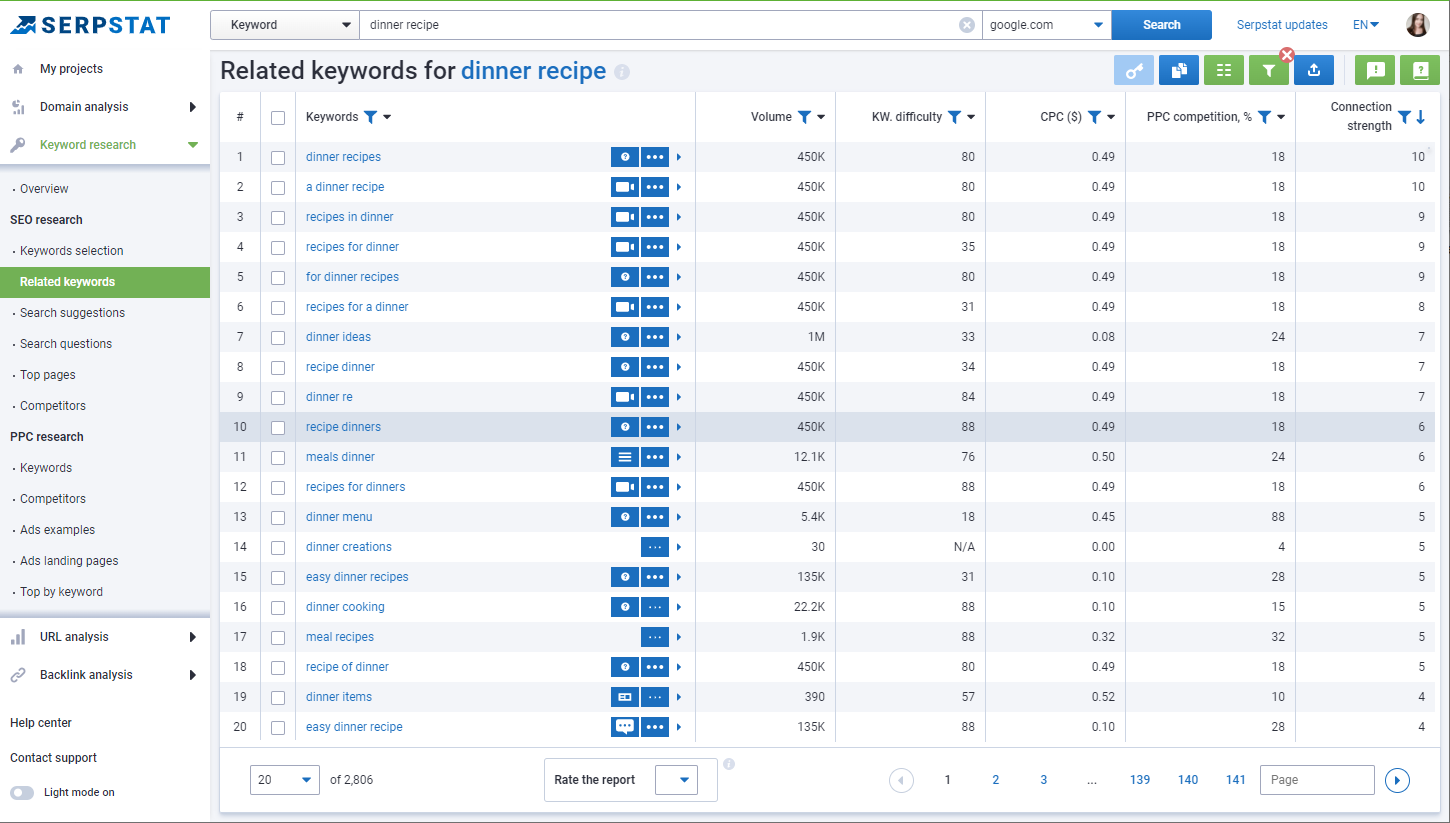
#2 Fine-tune your content so that the value proposition is clear
You have to get it right so that your customers find your offer attractive enough to go through with the purchase. If you fail to demonstrate how choosing your product or service over your competitor’s will benefit your customers, they’ll be quick to dismiss your company even if your offer is objectively the best on the market.
To ensure that your customers are convinced in your business being the better option, make your copy as clear as possible. That is, don’t stuff your content with lengthy paragraphs that will go unread, and steer clear from using fonts and font sizes that make you look amateur.
We can assure you that using complicated phrases, jargon that’s overly niche, and overexplaining simple concepts whose short definition your customers can Google will ruin their perception of your brand.
Fine-tuning your content also means making it relevant to your segmented audience. Whether it’s millennials who stay on a tight food budget or teenagers consuming junk food, keep them in mind when designing your content strategy.
It pays to press on your prospects’ pain points to persuade them to act quickly. Also referred to as an urgency creation tactic, this FOMO-inducing approach helps your leads gauge that if they aren’t fast enough, they can miss out on a good deal.
- “Last chance!”
- “Don’t miss out!”
- “Exclusive offer”
- “24 hours left before the prices go up”
- “Limited time only!”
- “The only tool you need”
- “End of season sale”
P.S. Don’t forget to include the aforementioned phrases in your meta title and description for search engines to pick up on the urgency as well.
#3 Brainstorm different headlines that would get the most clicks
How? By grabbing the readers’ attention — which might sound cliché — from the very first word. We’re not talking about clickbait headlines that are misleading at best and repelling at worst. Think snappy, urgency-filled headlines that hit the spot and end up ranking well in Google search.
If you didn’t know already, 80% of people don’t get past the headline. This means that merely 20% actually get to read your content and form an opinion about it. Not too promising when you’ve invested time, effort, and perhaps even financial resources to come up with a compelling piece of content.
Compare the headlines below with the level of engagement they get. This should give you a pretty good idea of what headlines you should retire and which ones are bound to bring you the most traffic and conversions.
Whether it’s a YouTube ad telling a story about an injured athlete who found solace in watching videos of himself training on the brand new tablet or a Hallmark-type poster encouraging you to call your loved ones before the Christmas holidays with the new phone plan, these commercials invoke strong feelings that prompt the consumers to make the move.
Drafting up headlines is no different. Make the readers feel some type of way when they come across your blog post and they’ll likely be inclined to click on it right away.
#4 Focus on compelling storytelling that persuades
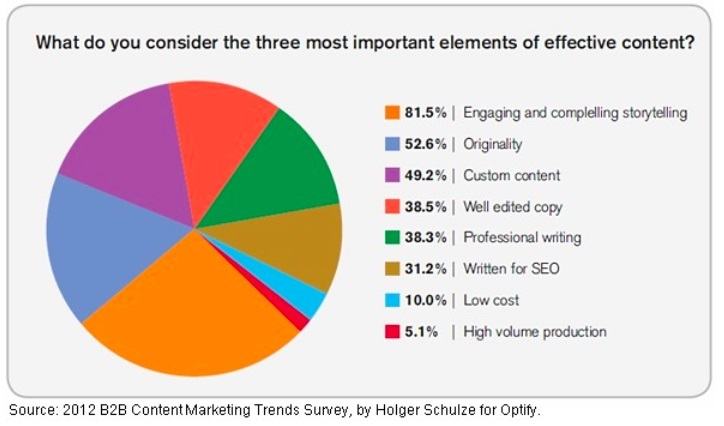
This isn’t surprising. Your customers resonate with stories better than they do with cold hard facts. And although the latter serves as proof of the former, cutting through the noise is only feasible via telling stories.
On top of that, stories also help get rid of monotony which is common to long-form content. To avoid sounding like a broken record, give a background story on what made you want to find a solution. Go to these lengths of creating almost a diary-like entry that makes you sound credible.
Your content is more likely to lead to sales if you follow the next few steps aimed at taking your storytelling to the next level:
- Empathize with your customers.According to a study done by PwC, a staggering 59% of consumers feel like companies have lost touch with the human element of customer experience. This goes beyond CX and is often the case with marketing campaigns that fail to appeal to an everyday consumer with feelings and emotions. It’s your job to express your utmost understanding of the issues they’re facing.
- Pinpoint the main issues.Next up is recognizing the customers’ main pain points and doing so without making them feel bad about having these problems. Provide a real-life example of someone going through the same issues to make them feel less alone on this journey. They’ll be grateful you helped them become aware of what they might’ve been hiding from by stressing that their issues are more common than they think.
- Demonstrate how your product/service can solve them.Lastly, don’t just leave them hanging — present them with hands-on solutions. No one wants to leave your website, or social media account feeling like they have no answers for their issues. So, make a thoughtful transition into your offer that’s guaranteed to solve them.
#5 Choose appropriate Call-To-Actions (CTA) to facilitate purchases
Take a look at the Babbel ad below. The masterminds behind the widely-known subscription-based language learning app and e-learning platform know how to grab the attention with an enticing, urgency-inducing offer that makes the Facebook user want to learn more about it. It helps to have keywords like lifetime access and 60% off, along with the “get offer” CTA button placed right under the image.
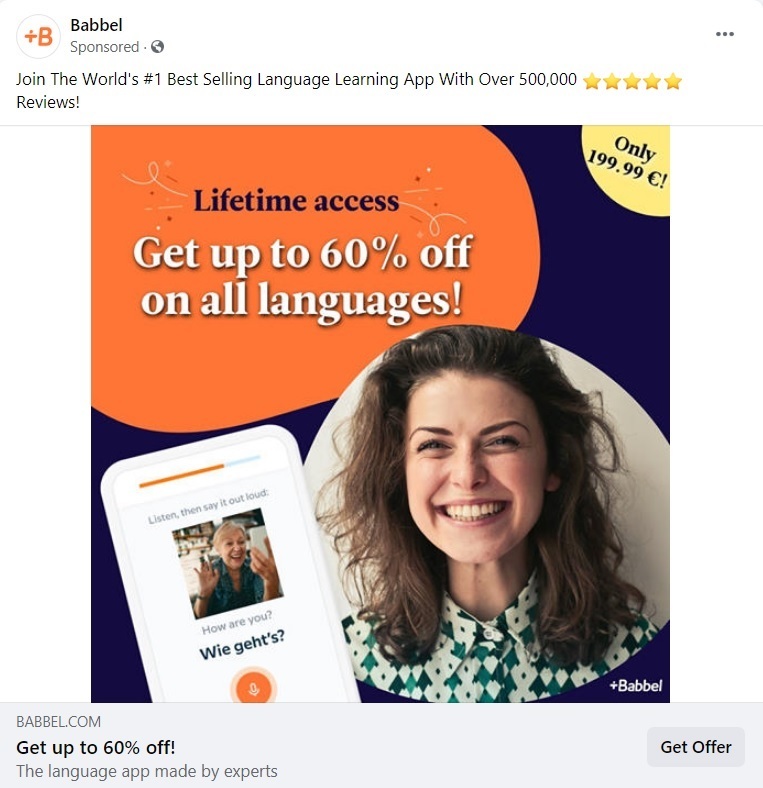
Give your CTA an eye-catching design and use the following phrases to make the most of your copywriting:
- “Start getting the latest news right into your inbox. Sign up for our newsletter to get access to them today!”
- “Don’t miss out on the best deals — enter your email address down below to always be the first one to know!”
- “Take 40% off this week’s workshop. Seats are limited, so hurry up!”
- “For more information about the package prices, download our brochure right here.”
#6 Appeal to the human side of the reader
The reason why it’s vital to appeal to humans instead of customers is that your goal with the content you produce should be to help and advise. Sales pitches sound fake, and people are quick to spot and disregard them. So, in an attempt to not sound too sales-y, keep in mind that you’re addressing humans and adjust your content accordingly.
Here’s how you can accomplish this:
- Communicate your values.Check this out — a whopping 80% of customers confess that they’re more loyal to companies with good ethics. This statistic alone should be a good enough reason for you to reevaluate your values and share them with your customers in the form of your purpose, vision, and mission.
- Don’t talk at people, talk to people.When writing your copy, engage with people by asking questions. Telling them what to do or, worse, interrupting them will cause them to flee. Leverage the power of social media and create polls, quizzes, and surveys that inspire conversations instead of shutting down those who hold different opinions.
- Use personalization where possible.As per the digital marketing agency Epsilon, 80% of customers are more inclined to do business with companies that offer personalized experiences. This makes people feel seen and heard, which, in turn, tells them that you took the time to get to know them before suggesting an article to read or a video to watch.
#7 Diversify the type of content you produce
The proof is in the pudding — over 90% of marketers consider videos to be an essential part of their marketing strategy, with 86% of businesses using videos as a marketing tool. It’s, therefore, a good idea to dabble into other forms of content to appeal to every member of your target audience.
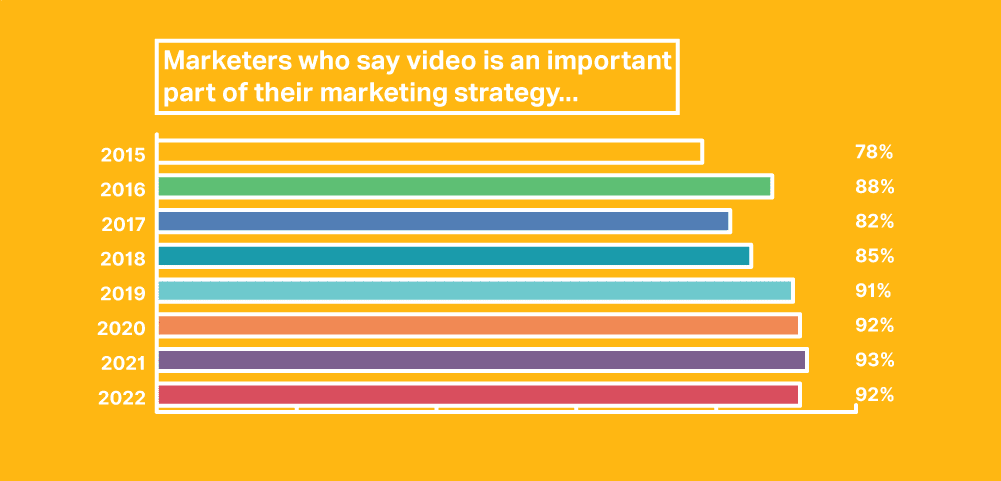
Scoring your content
- Define the evaluation metrics.For some, it might be page views and clickthrough rates, for others — the number of social media impressions and shares. Whatever it is, ensure that the engagement metric you chose has a sizeable impact on your content and conversions.
- Launch a content marketing campaign.Now that you know what metrics to assess, it’s time to create a campaign whose success will be easy to evaluate. Try out different forms of content before you find the one that performs the best and sticks with it.
- Analyze the performance of the metrics defined earlier.Monitoring the performance of those metrics is key for determining how well your campaigns are doing. If it’s a social media post, assess the number of likes, shares, and reposts before deciding to invest more time and money into perfecting the said campaign.
- Cut what doesn’t work and double down on what works.Once you have all the insights right in front of you, you can start analyzing what should be eliminated and what’s worth multiplying. If a certain blog or social media post isn’t performing as expected, consider making a few changes to it before ditching it completely.
- Replicate the process on a regular basis.You can’t expect your content to always give you the same results. Without evolving and finding new ways to engage your audience, chances are your company will start stagnating. That said if you come across a piece of content that strikes, figure out how to make it better and replicate it for more conversions.
Stand out with content that resonates, engages, and converts
No matter what form it takes, it’s a mirror of the essence of your company that sends the signal to your prospects about whether or not to do business with you. It’s also the main ingredient for standing out among millions of search results in search engines like Google, Yandex, and Bing.
If you want to do more than just draw the attention of customers for them to make a single purchase and forget your company existed, you should go a few extra miles when designing your content strategy.
Focus on adding a storytelling element to your content, appealing to the emotions of the readers, and using the right keywords. Having a clearly defined value proposition and headlines that make the reader click without thinking twice about it will win you conversions and loyal customers down the line too.
Speed up your search marketing growth with Serpstat!
Keyword and backlink opportunities, competitors' online strategy, daily rankings and SEO-related issues.
A pack of tools for reducing your time on SEO tasks.
Discover More SEO Tools
Text Analysis Tool
Unlock the power of your text data with our advanced Text Analytics Tools
AI Content Detection
Ai Content Checker – realize if the text is AI-generated
AI Text Generator
Try our AI Content Writer tool and streamline your content creation process
AI Content Tools
AI Content Marketing Tools – simplify and optimize the content creation process
Recommended posts
Cases, life hacks, researches, and useful articles
Don’t you have time to follow the news? No worries! Our editor will choose articles that will definitely help you with your work. Join our cozy community :)
By clicking the button, you agree to our privacy policy.

